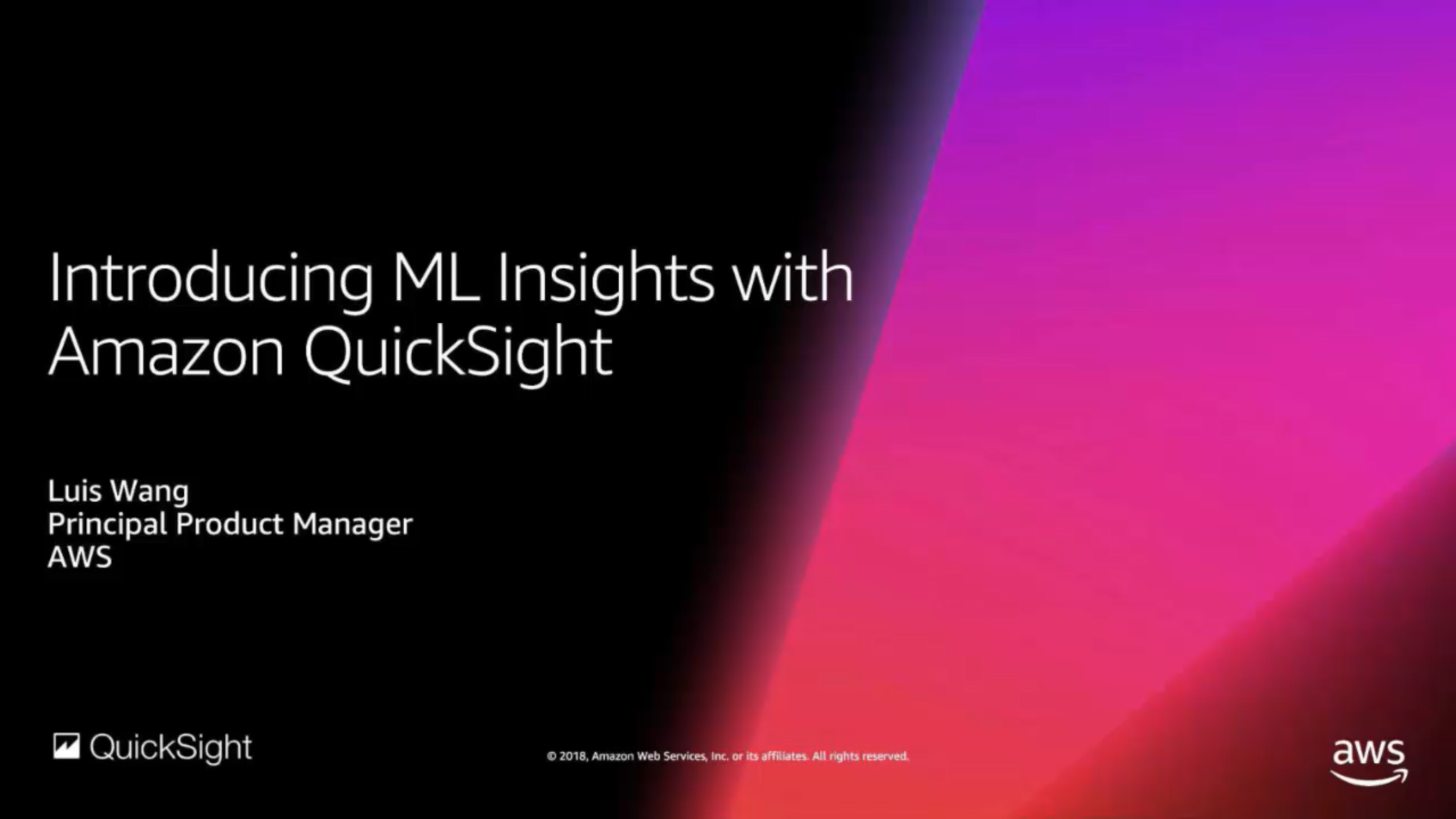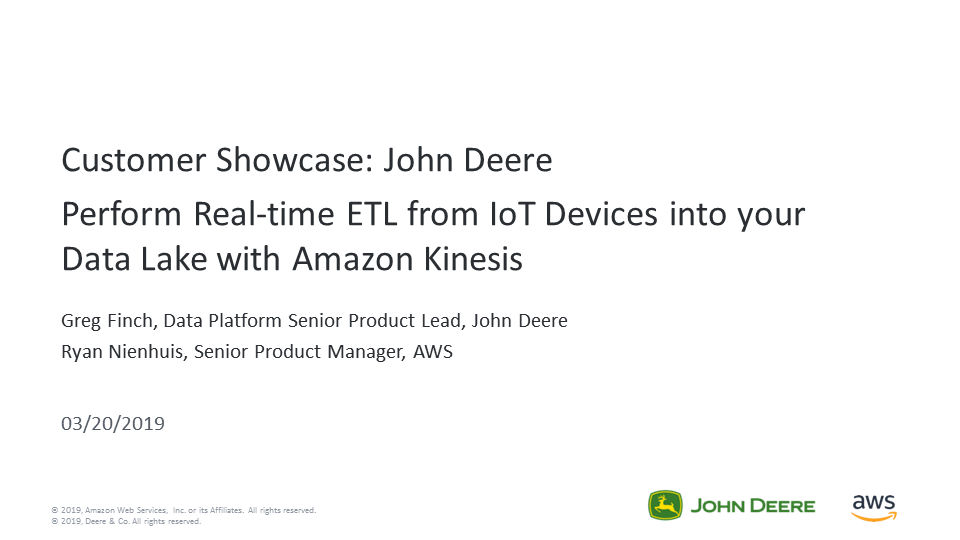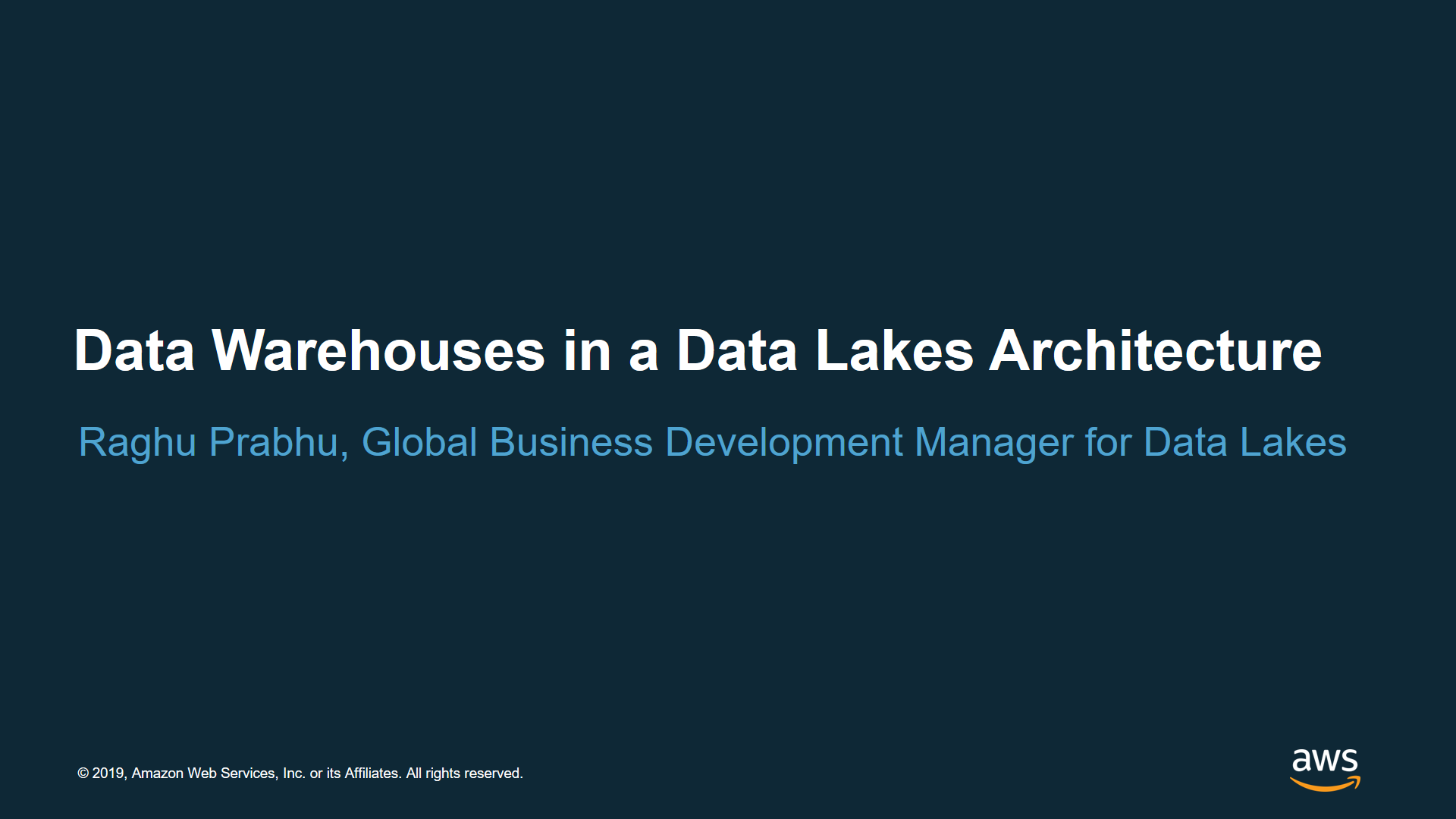Series Introduction
The Well-Architected Framework has been developed to help cloud architects build secure, high-performing, resilient, and efficient infrastructure for their applications. Based on five pillars - operational excellence, security, reliability, performance efficiency, and cost optimization - the Framework provides a consistent approach for customers and partners to evaluate architectures, and implement designs that will scale over time. In this virtual workshop series you'll learn how to build and improve the quality of your applications using AWS architectural best practices, identify areas of improvement, and apply lessons learned to workloads using hands on labs.
Virtual Workshop Episodes
Are You Well-Architected?
Broadcast on: October 11 | Available On-Demand
This episode has already aired. To watch the recording, please visit the on-demand page.
Most businesses depend on a portfolio of technology solutions to operate and be successful every day. How do you know if you and your team are following best practice, or what the risks in your architectures might be? In this virtual hands-on workshop, we will show how the AWS Well-Architected framework provides prescriptive architectural advice and how the AWS Well-Architected Tool allows you to measure and improve your technology portfolio. We will explain how other customers are using AWS Well-Architected in their business and share insights into what we have learned from reviewing tens of thousands of architectures across Operational Excellence, Security, Reliability, Performance Efficiency, and Cost-Optimization. We will also demonstrate and walk you through how to use the Well-Architected Tool.
What You'll Learn:
- Learn the value proposition and components of Well-Architected
- Learn how to use the Well-Architected Tool to measure workloads
- Learn insights from reviews of tens of thousands of architectures
Who Should Attend: IT Leaders, IT Decision Makers, Architects, Developers, APN Partners
Prerequisites: Your own non-production AWS account with administrator access.
Speakers: Jon Steele, Specialist TAM, Operations, AWS
Building a Robust Monitoring Strategy
Broadcast on: October 18 | Available On-Demand
This episode has already aired. To watch the recording, please visit the on-demand page.
Effective monitoring can help you gain situational awareness, be proactive in order to prevent issues from occurring, respond efficiently and effectively when production impacting incidents occur, and achieve your business outcomes. In this virtual hands-on workshop, we will use the AWS Management Console to deploy a sample application and configure monitoring for that workload. We will walk through the basic steps to develop a monitoring plan and use Amazon CloudWatch to implement automated remediation of a well understood system issue. You will also have the opportunity to perform operations as code to shorten the time between issue and resolution, and implement a dashboard to gain insight into what is going on inside your workload.
What You'll Learn:
- Learn how to develop a monitoring strategy
- Learn how to use push and pull mechanisms to show workload status
- Learn how to yield better outcomes with automated responses
Who Should Attend: IT Infrastructure, IT Operations, DevOps Teams, IT Decision Makers, Architects, Developers
Prerequisites: Your own non-production AWS account with administrator permissions and an existing EC2 Key Pair.
Speaker: Brian Carlson, Operational Excellence Lead, Well-Architected, AWS
Security Best Practices
Broadcast on: October 25 | Available On-Demand
This episode has already aired. To watch the recording, please visit the on-demand page.
Security best practices help you secure your workloads in the cloud to meet organizational, legal, and compliance requirements. In this session you will learn how to align your AWS environment to industry standard best practices for security aligned with the AWS Well-Architected Framework. In addition, see how AWS Security Hub simplifies the task of measuring the security of your workloads.
What You'll Learn:
- Learn the security design principles and best practice areas of the Well-Architected Framework
- Learn how to enable AWS security services and how they fit together
- Learn Incident response principles and best practices
Who Should Attend: Engineers, IT Leaders, IT Decision Makers, Architects, Developers
Prerequisites: Your own non-production AWS account with administrative privilege and AWS CLI installed and configured.
Speaker: Sara Gray, Security Specialist, Solutions Architecture, AWS
Testing for Resiliency of EC2, RDS, and S3
Broadcast on: November 1 | Available On-Demand
This episode has already aired. To watch the recording, please visit the on-demand page.
It is not sufficient to only design for failure. You must also test failure scenarios to understand how they cause your systems to behave. In this virtual hands-on workshop, we will guide you through the steps to perform basic resiliency testing of a simple, three-tier web application. You will use the AWS Management Console to understand how to view what has been created, and the effect of your testing. You'll also learn how to use the AWS command line interface to explore failure modes with Bash and Python scripts. The skills learned will help provide you the ability to start a resiliency test repository for chaos engineering.
What You'll Learn:
- Learn how to test EC2, RDS, and S3 for resiliency
- Learn how to think about how a failure will impact your infrastructure
- Learn how common AWS services can reduce mean time to recovery (MTTR)
Who Should Attend: Architects, Operations, Reliability Engineers
Prerequisites: Your own non-production AWS account with permissions to run AWS CloudFormation, AWS Step Functions, AWS Lambda, Application Load Balancers, Amazon EC2, Amazon RDS (MySQL), the AWS Database Migration Service, and Route53.
Speaker: Rodney Lester, Reliability Lead, Well-Architected, AWS
Monitoring Performance with CloudWatch Dashboards
Broadcast on: November 8 | Available On-Demand
This episode has already aired. To watch the recording, please visit the on-demand page.
As demand changes and technologies evolve, it’s important to ensure efficient use of computing resources to meet system requirements and to maintain that efficiency. This virtual workshop will guide you through configuring an Amazon CloudWatch Dashboard to get aggregated views of the health and performance of all AWS resources. This will enable you to quickly get started with monitoring, explore account and resource-based view of metrics and alarms, and easily drill-down to understand the root cause of performance issues.
What You'll Learn:
- Learn Performance Efficiency Design Principles
- Learn how to configure Amazon CloudWatch Dashboards to monitor performance
- Learn how to use tradeoffs to improve performance
Who Should Attend: Engineers, IT Leaders, IT Decision Makers, Architects, Developers
Prerequisites: Your own non-production AWS account with administrator access.
Speaker: Eric Pullen, Performance Lead, Well-Architected, AWS
How to be Cost-Efficient on AWS
Broadcast on: November 15 | Available On-Demand
This episode has already aired. To watch the recording, please visit the on-demand page.
Everybody can save money on AWS by optimizing your architectures. In this virtual hands-on workshop, you'll get started on your cost-optimization journey. You will use the built in cost management tools within the console and utilize other AWS services to provide deeper analysis and answers at scale. You will also learn how to setup account structures and permissions to facilitate organization wide optimization.
What You'll Learn:
- Learn how to implement foundational cost optimization controls
- Learn how to analyze costs using Amazon Athena
- Learn how to visualize costs using Amazon Quicksight
Who Should Attend: Technical Decision Makers, Engineering Managers, Cloud Architects, DevOps Engineers, IT/Engineering Leadership, Finance Leadership, IT/Engineering Executives, Finance Executives
Prerequisites: Your own non-production AWS account with administrator access.
Speaker: Arthur Basbaum, Cloud Financial Management BDM, AWS



